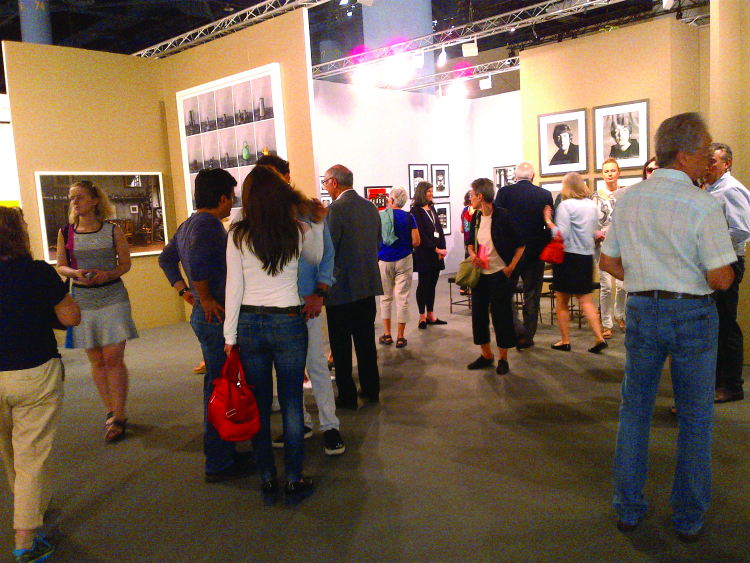When you come back to your own country after living eight years in the UAE, you bring some new habits related to what you had been doing overseas.
I’ve been visiting museums since childhood when my mother would take me to the Metropolitan Museum of Art or the Museum of Natural History or the Museum of Modern Art. Living in New York, we had easy access to them. But I never went to a big art show until I was in the UAE.
It was there that I began attending the annual art shows – Art Abu Dhabi and Art Dubai – and regularly visiting galleries in Al Quoz and Downtown Dubai. The exciting news about the development of Saadiyat Island, the Louvre, Guggenheim, and National Museums being developed brought art closer.
When I moved to Florida, I left behind major museums; however, I soon learned about the big annual event called Art Basel Miami. Since I had never heard of Art Basel, I did some research and learned that Art Basel began in 1970 when a group of European gallery owners decided to create an exhibition focusing on modern and contemporary art. It developed over the years into an annual must-attend event for art lovers and collectors.

As Miami grew from a beach resort often associated with narcotics – see Miami Vice and later Burn Notice – some art experts decided that Art Basel in June needed an equivalent six months later. So Art Basel Miami was born in 2002 and has been growing in size and importance ever since.
“I’ve been visiting museums since childhood”
Two huge art fairs on two continents weren’t enough for the world’s art business. Art Basel Hong Kong was added in 2012, and since it takes place in March, it adds another date to the calendar for appreciating contemporary art.I attended Art Basel Miami (ABM) for the first time in early December, six days of nonstop activities. It is located in the Miami Beach Convention Center, and for the 13
I attended Art Basel Miami (ABM) for the first time in early December, six days of nonstop activities. It is located in the Miami Beach Convention Center, and for the 13th edition 267 galleries from 31 countries participated.
As I walked around the gallery booths, I saw several Picassos, including one that had sold for USD 10 million in 1968 and was back on the market. Four Chagall paintings were also available – one had already sold for USD 2 million.
Many interesting works by current painters and sculptors could be seen, none of them inexpensive. One gallery owner I spoke to said probably the least expensive works at ABM would cost USD 50,000.
Out of six days, I visited ABM only twice. The rest of the time was spent at the satellite expos that have grown up around ABM. They are less difficult for galleries to enter, contain newer and thus less expensive works, and can be found in huge tents in Miami Beach and various parts of Miami – Wynwood, the former industrial area; the Design District; Little Haiti; and more.
Most of the time I attended with Dr. Sharon Parker, the art historian whom I met in the UAE in 2005 when we began teaching at Zayed University, who is now living in Tucson, Arizona. As an expert on Iranian and Middle Eastern art, she pointed out that the region was barely visible in the main fair and the satellite exhibitions.
We found one gallery from Tehran featuring Iranian works and learned about another from Beirut. That was it. While Japan, China, and Korea were represented by a few galleries and works from those countries could be seen in galleries from New York and London, the Middle East has yet to discover ABM, and vice versa.
By Alma Kadragic